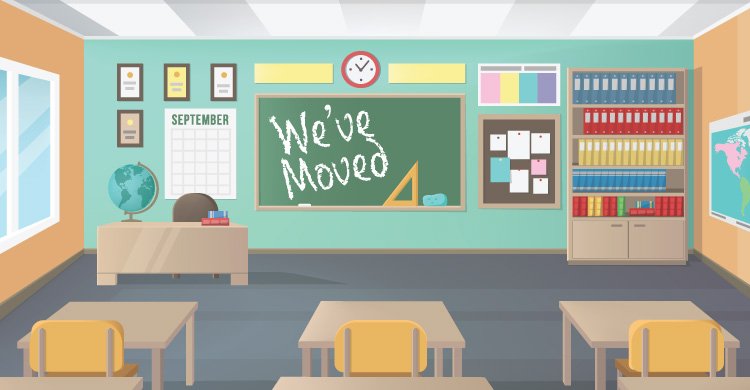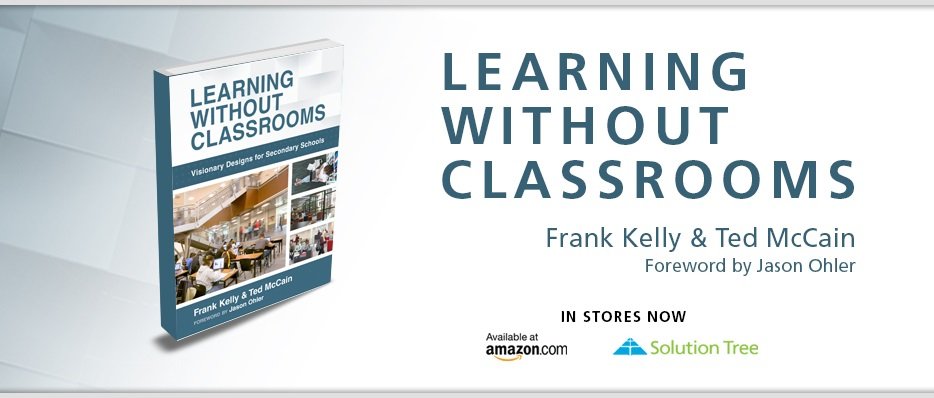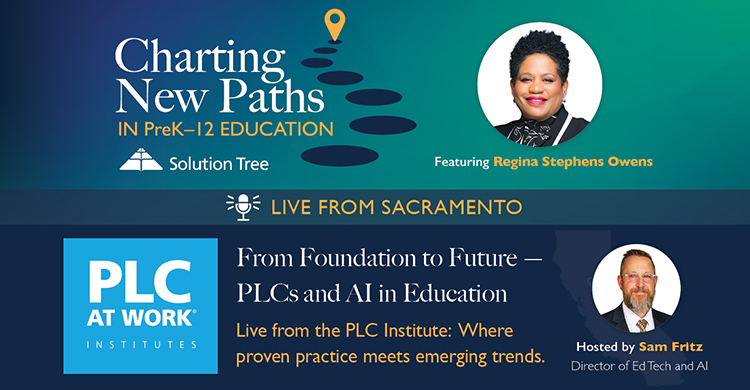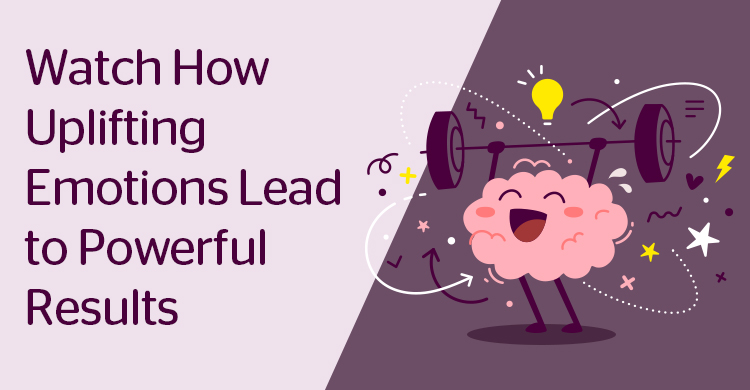Based on the book Learning Without Classrooms
Secondary schools consisting of classrooms is an outdated and ineffective idea. A classroom-based school is the most visible manifestation of mass-instruction thinking. It has been with us in education for over 100 years, since it was first implemented in 1908, when Nicolas Wirt applied mass-production thinking to education in his “’platoon school.”
Among other things, classroom-based schools represent a system of education that sees all children of the same age as being exactly the same in intellectual and emotional development. Therefore, students can be grouped by age into grades and be expected to move lock-step through course curriculum. Individual variation in student ability or emotional preparedness is not a consideration in a classroom-based instructional model. Teachers stand at the front of the classroom and give whole-class instruction by talking while students sit and listen. Students are treated as though they are all the same and are at the same intellectual level and readiness to learn.
The problem is that students are not items that can be treated like uniform products in a manufacturing system. They are individuals. They are people who vary greatly in abilities, interests, and maturity. Any grouping of 25 to 30 students who are the same age will have a wide variation in individual capabilities.
The inability of classroom-based instruction to handle the wide variation in individuals has resulted in frustration for many young people, boredom for many more, as well as many students being labeled as failures. Consequently, too many students are completely dropping out of the school system. Worse, a far larger number of young people are disengaged and uninterested in learning. The bottom line is that it is time for us to move on from classroom-based instruction and seriously look for more effective alternatives to address the variation in abilities, interests, and maturity of individual students.
So, how do you go about creating more effective schools? You must start by identifying the elements that shape the environment for teaching and learning—and challenge commonly held assumptions that constrain our ability to create the schools we need for our students’ future.
Over time, we developed the Elements of Schooling, which encompasses six elements: instructional approach, technology resources, use of time, spatial environment, community context, and funding resources. We debated what the elements should be and added, subtracted, and modified them—but we finally came to the realization that the most important aspects were the relationships between the elements. They are not separate components or silos that simply cohabitate in our schools, but are integrally related elements, each of which is significantly impacted by and in turn impacts the others.
Let’s look at the traditional secondary school through the lens of the Elements of Schooling.
TRADITIONAL SCHOOLS
Almost everyone knows about traditional secondary schools, and most have attended one themselves. It’s usually a large building with two floors; a cafeteria; a gymnasium; some shops for woodworking, metalworking, and auto mechanics; some art studios; a music room; and lots of classrooms. Groups of 25 to 30 students sit in desks in those classrooms while teachers stand at the front and teach. A bell rings after 40 to 60 minutes, and students move on to their next subject.
Instructional Approach
The focus is on teacher-centered instruction to classes of 25 students. The teacher is the primary interface with students in class each day. Classrooms may be organized around disciplines/departments, multidisciplinary small learning communities, or academies integrating core and arts or CTE studies. There is little opportunity for individualized teaching/support or the development of close teacher-student relationships. Teachers do not float, and students have no personal place to work.
Technology Resources
Traditional schools may use both digital and paper materials. Students are likely to have 1:1 technology, potentially with access to digital library. The school might use blended learning.
Use of Time
The school day is split into equal periods (marked by bells) with passing time between periods. Same allocation of time for all subjects and all students. Time for teaching and learning is fixed—students must reach learning objectives in allotted time or repeat the course the following semester or year.
Spatial Environment
Most spaces, particularly classrooms, are fully enclosed, secured visually and functionally, with little to no spatial flexibility. Instructional spaces are typically used about 75 percent of school day and 75 percent of calendar year—or 56 percent over full year with major enrollment capacity and cost implications. The spaces constrain changes in teaching and learning over time. Collaboration between disciplines is minimal.
Community Context
There are diverse types of schools currently typical in many districts, but often there are substantial differences in terms of learning realized and prospects for students (e.g., post-secondary studies and job opportunities). Where students go to school is typically based on attendance zones, but districts may have some schools of choice as well.
Funding Resources
Funding sources and amounts vary across districts, cities, and states. There is a big concern about parity/equity in terms of funding—but there is less parity/equity in terms of academic outcomes of students. Reports often note funding per student, but not funding per graduate. Schools with low graduation rates have very high costs per graduate.
ADVISORY SCHOOLS
Advisory schools are different. They are much more flexible than the traditional secondary school. Advisory schools are planned to provide personalized or individualized teaching and learning in order to realize mastery learning for diverse students and communities.
What are advisory schools?
- Teachers in core subjects have dual roles: as teachers in their area of expertise and as advisors for a group of students.
- Advisors help guide, support, and monitor students in their advisory, through all their studies and their years in the school. Working in their area of expertise, teachers help students utilize their digital resources, resolve questions, define/assign projects for individual students and collaborative projects with other students involving other disciplines and teachers.
- There are spaces for advisories, but no general-purpose classrooms. Each advisory houses an individual workstation for the teacher/advisor and for each student.
- Advisories are open areas with flexible workstations, conference and collaboration areas, that can be readily reconfigured by the advisors/teachers, students, and school staff.
- Students are assigned to advisories when they start in the school and remain there until they graduate. The composition of each advisory steadily evolves as some students graduate, others begin.
- Students are self-paced in their studies, working to achieve mastery learning, which provides a solid basis for subsequent studies and/or work. There are no bells or semesters or school years. Outcomes, not seat time, are the measure of learning. Schooling is a continuous service (like medicine), not a seasonal event like agriculture or sports.
- Advisory schools are created to serve a community and its students. Schools may have different facilities and programs. The measure of parity from school to school is measured in terms of outcomes for students.
Let’s compare the Elements of Schooling in an advisory school to those of a traditional school.
Instructional Approach
Subjects are provided digitally to individual students anytime, anywhere. Teachers guide, support, monitor—but don’t lecture. The school librarian is a research expert, helping students learn to explore the vast resources available online. There are few or no printed materials. Continuous assessment is integrated with digital materials. Projects and collaboration are organized by teachers and students. Students are very engaged in their own learning.
Technology Resources
The school is fully 1:1 for teachers/advisors and students. Access to learning resources is provided anytime, anywhere. Teachers use a network to guide, monitor, and assess work. Library and research resources are online.
Use of Time
Schooling is a continuous service all year. There are no bells or semesters or school years. Students persist until they realize mastery of skills. Students may elect to attend all year, but carry a lighter load, or they may carry a traditional class load and attend approximately 75 percent of the year, or they may work very hard and attend all year—and graduate in less than the traditional four years.
Spatial Environment
Teachers and students work in advisories, which are highly flexible open spaces that can be reconfigured by school staff, teachers, and students to fit learning needs. By using spaces continuously, the capacity of the facility is increased and the total area required for a given number of students is reduced by at least 25 to 30 percent. School could be housed in existing high schools or even in existing office or retail spaces, which might allow new locations that might make teaching and learning more attractive for students.
Community Context
The school can vary its elective courses and digital instructional materials based on its relationship to its community in order to serve diverse students and communities.
Funding Resources
Funding is based on classes taught and passed—not on seats warmed. Schools receive the majority of the funds for each course when a student begins work. They receive the remaining funds when the student successfully completes the course. Schools use facilities all year, which lowers the cost per student. Advisories are defined by furniture systems, much like office spaces, which makes the spaces much more flexible over time as well as easier and less costly to change.
Learning Without Classrooms
While our schools clearly have very serious needs, we also have vast sums invested in our existing capital improvements. The future envisioned here can be realized while preserving much of that investment and by giving it new life for years to come—and by using our existing schools and technology much more efficiently, to serve significantly more students over the course of each year.
[author_bio id=”1702″]







